Entering the art world for the first time is a daunting thought: unfamiliar territory, different etiquette, odd group of people. To some, the art market is an extreme sport owing to its unpredictability, high adrenaline rush when buying or bidding for a piece and its competitive players all aiming to be first in line to get treasured pieces of art. The collectors Don and Mera Rubells even describe art fairs as a competitive sport confessing that the most vital things you need to bring are trainers and a bottle of water. So, when athletic and outdoorsy Erling Kagge entered this world, he was more than qualified to create an impact. Originally from Norway, Erling Kagge is a publisher, lawyer, mountaineer and explorer. He gained fame for being the first person to walk to the South Pole alone, while also having climbed Mount Everest and reached the North Pole with Børge Ousland. He runs his founded publishing company Kagge Forlag, which recently published the successful book “A Poor Collector’s Guide to Buying Great Art”, recounting the bits and pieces of art collecting knowledge he gained from his 15 year-long journey as a collector.
In this interview, Erling Kagge details how to build a strong relationship with galleries and why he strives to make life harder than it needs to be.
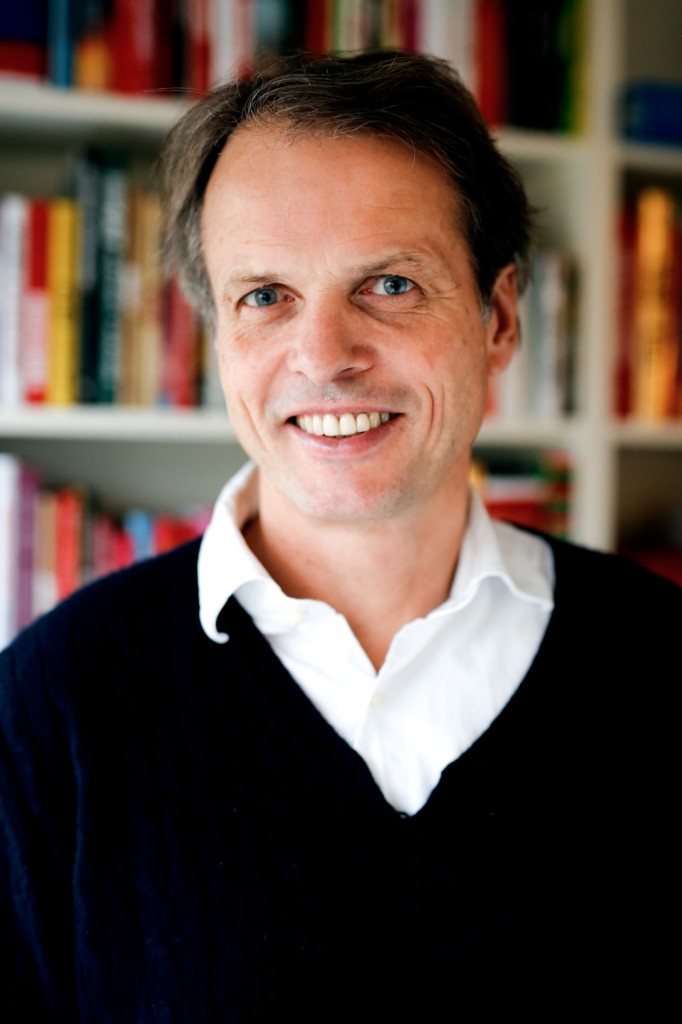
The Collection
When did you start collecting? What motivated you to start?
A passion for discovery, curiosity and a willingness to make life more difficult than necessary. I bought my first piece around 30 years ago, late at night, in exchange for two bottles of so-so Bordeaux. I still have the work. It is a moderately good piece by a moderately good artist. We drank the wine the same night, of course.
What is your focus regarding the artists in your collection?
I prefer living artists. Earlier on, I collected artists that were older than myself, such as Richard Prince, Carroll Dunham and Raymond Pettibon. When they got more expensive I went for the next generation, then the same happened again and I started all over with a younger generation. Today it is mostly artists born in the seventies and eighties. From an investment point of view it would be smarter to buy more established artists today, but if I were mostly in it for the money, I would rather do real estate deals. In general, I have also been keen on collecting many female artists, not because I am primarily a feminist, but the price quality ratio has obviously been favourable for a long time. Happily, I have used this opportunity to collect some fantastic works by Trisha Donnelly, Kirsten Pieroth, Vibeke Tandberg, Ceal Floyer, Hanneline Røgeberg, Adriana Lara, Cathrine Opie, Klara Liden, Tauba Auerbach and many more.
What mediums do you collect?
I am not worried about mediums. I buy what I enjoy.
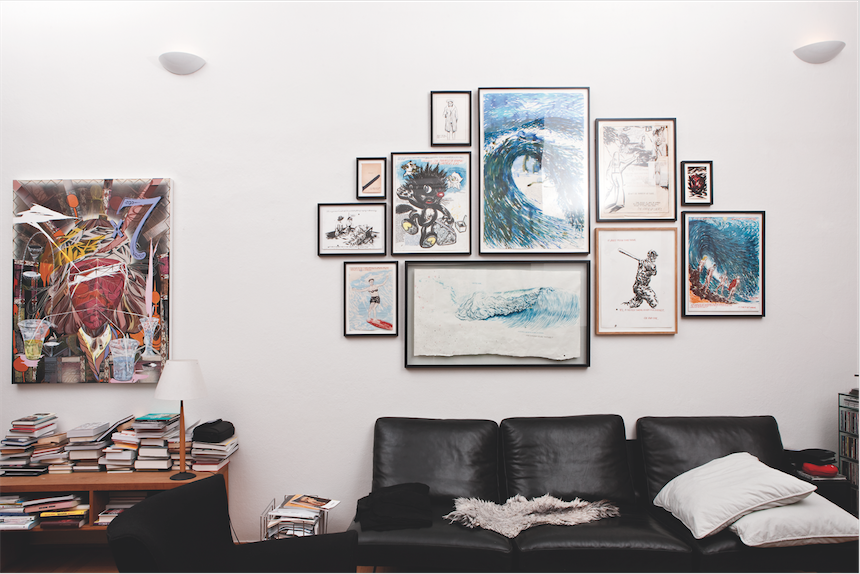
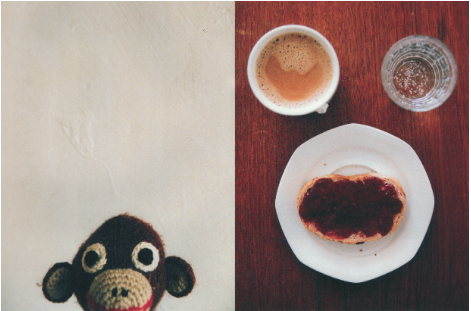
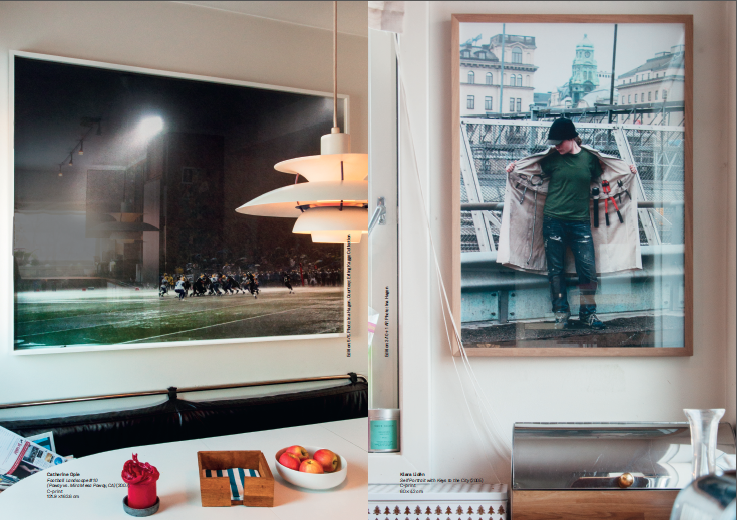
What do you think is the main theme running through the collection?
The only red thread I can see is me. Nobody else would make the same choices. Neither the good or the poor ones.
How many artists have you collected in depth over the years?
Maybe 40 or a bit more. Too many to list up.
How do you make your decisions concerning purchases?
I use my eyes, of course, and my ears and nose. I see as much art as possible, read, talk to people, listen to people who know more than me, e-mail and try to reflect.
Have you exhibited your collection publicly?
Yes, at Renzo Pianos Astrup Fearnley Museum here in Oslo. It is a great experience to move our interior into a museum. The show is up this summer until September 27.
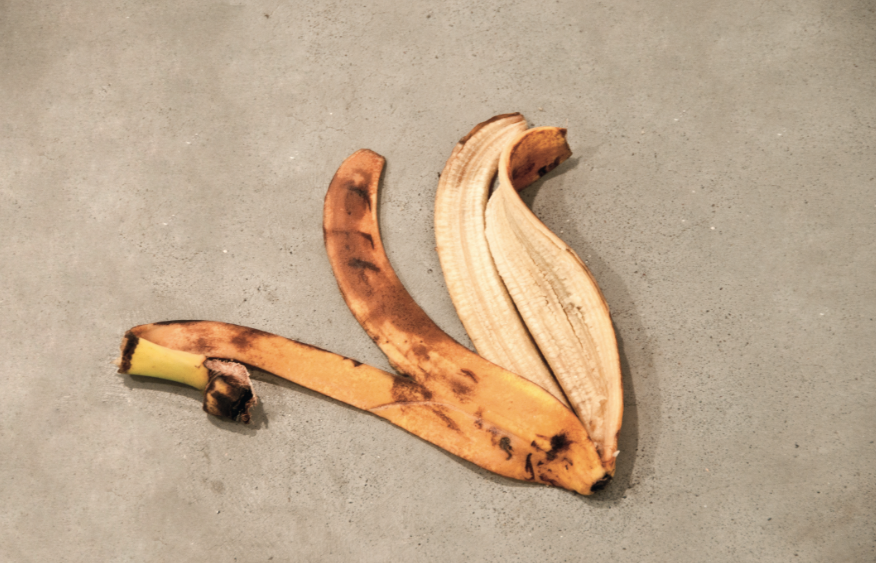
Thoughts on collecting
Are you a person who strives for achievement?
One of the most important meanings of life is to fulfil your own potentials. So yes, of course.
Was it challenging to pierce through the universe of the art world?
If it were easy, I would have chosen to do something else.
Having walked through challenging environments such as the North Pole, the South Pole and the summit of Mount Everest, do you also take risks in art?
Yes, I take both financial and artistic risks for sure. But when I buy a piece, it’s because I want to have it, not resell it. So, it is not that risky. If you bought Greek bonds some years ago, you may have lost it all today. However, as a collector you can still enjoy the art, even if everybody else has lost faith.
What is your collecting philosophy?
I am a bit primitive in this sense and do not really have a philosophy. It is more like a love story. I simply try to go for the best, or what I believe is the highest quality. I spend more money and time on art than I plan to. I may worry about invoices, but I keep on saying yes every time a fantastic piece is being offered.
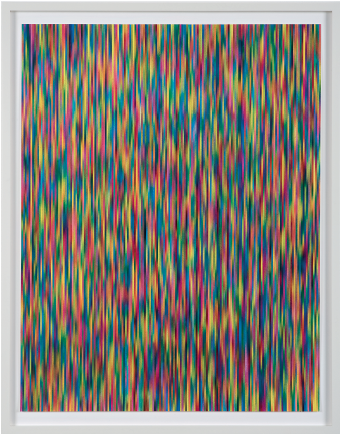
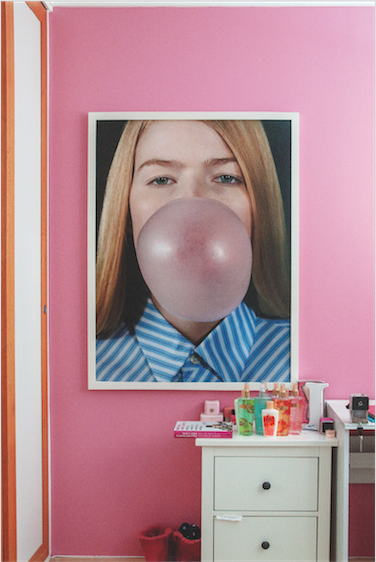
Why do you mostly focus on collecting Nordic artists or artists from German speaking countries?
Well, that is only partly correct. I also collect many artists from the East and West coast, and a few from Latin America, Scotland and Japan. Somehow I prefer artists that have studied with great professors while being among interesting students. Urs Fischer is an exemption. The celebrity and party culture of the YBA however is not very fascinating to me as a collector. To a certain extent, I find it interesting to relate to artists that have read some of the same literature, seen the same news, listened to similar music and experienced some of the same movies as I have. But it’s not always the case. For example, I may not know anything about Shintaro Miyakes or Assumed Vivid Astro Focus’s backgrounds, but I do enjoy their works.
What would make you want to acquire a work by an artist whose nationality is outside of your usual geographical theme?
I like deals, and don’t like rules and break my own rules all the time. The only thing that really matters to me is to acquire great works. I am open for almost anything and my favourite word is yes.
From reading your book “A Poor Collector’s Guide to Buying Great Art” you appear to like artworks, which are difficult to comprehend. How come? Is it part of your explorer and adventurous personality?
I think everybody is born an explorer. It is not something you become, but something you may quit when you start to grow up to become a civilized being. Every child tries to climb before they can walk, and all children are wondering what is hiding behind the horizon. To me curiosity is a driving force. But also, as a Northern European, who is a privileged citizen of our world I believe in making life more difficult than necessary. In Norway we say that you have to jump the fence at its highest point. When you face two or more options in life, I believe in choosing the most difficult.
In your book, you also mentioned you would eventually start focusing on pre-emerging artists. Could you tell us who you have your eye on?
I am getting slightly fed up with the democracy of the dollar. It bores me. So yes, I am looking around the corner for forgotten great artists, and for others who just don’t make it into the commercial part of the art world, but still make great art. I am however I do not have any names for you as of today.
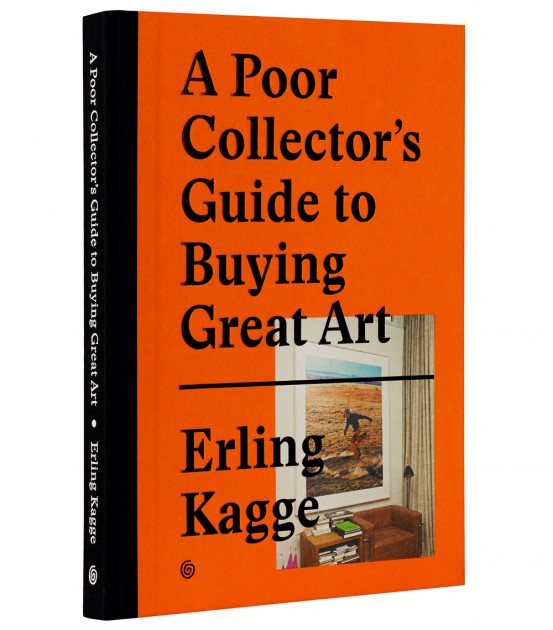
The Importance Of Having A Good Relationship With Galleries
Could you explain why you acquire artists who are only affiliated with European galleries?
I try to buy from the gallery which is closest to the artist I want to collect. Almost all of my Pettibons, I have bought from Regen Projects, Dr Lakra from Kurimanzutto, Værslev from Standard (Oslo), Prince from Gladstone… Closer to the source the better. But I am a European and I do end up collecting many artists that have the same background as me. So yes, I could have been better at looking beyond the horizons.
You indicated in your book the importance of having a good relationship with galleries. How do you build such a bond with a gallery? What are the first steps?
I was once wisely advised to buy artists a beer and dealers lunch. I’ve heeded that advice many times and usually end up inviting both home for dinner. During one of those dinners, Gardar Eide Einarsson told me about Oscar Tuazon before a gallery represented him, and at another dinner Einarsson mentioned Josh Smith, an unknown artist at the time. Gardar and I also have a whole lot of fun at the same time, and I am collecting him too.
What was your first experience acquiring a work from a gallery?
Good. I only buy from people I respect.
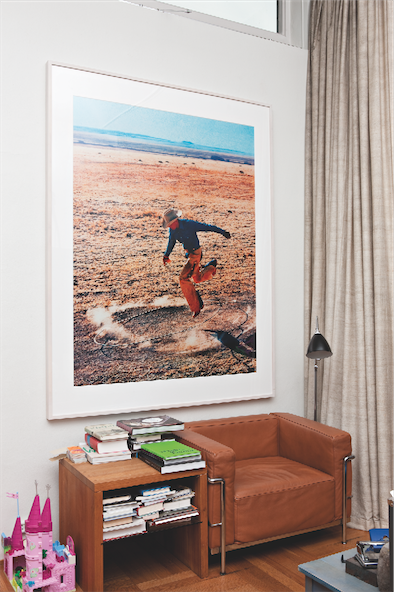
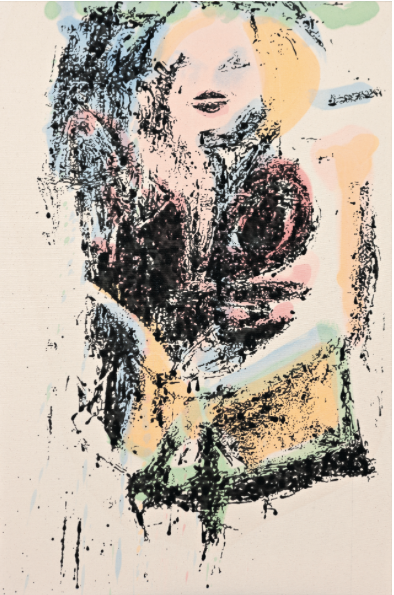
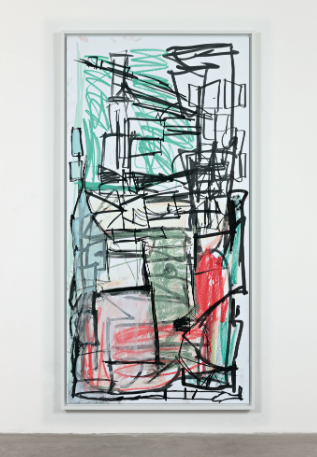
Aaron Garber Maikovska, Untitled 2013, Ink and pastel on archival gator board, 248,5 x 126,5x6cm
What are the biggest misconceptions about gallerists or galleries?
It is not easy to run a gallery, especially with ambitious consequent programmes. I think it is important to respect every gallerist who does that. Many gallerists however act in an arrogant way. Especially during booming times. But arrogance is only another way to express yourself, so as a collector you have to look beyond that. Every gallerist I can think of wants to meet serious aspiring collectors who ask questions, see their shows, believe in their programme, buy and pay their invoices on time. Gallerists just sometimes act like it is more complicated. The biggest difference between a rat and a hamster is PR after all, so you have to accept that gallerists sometimes do detours and play games in their promoting.
In which countries do galleries have the most reliable or pleasant customer service, in your opinion?
I am treated well everywhere. However I think Berlin is a good place to buy art. There are not many knowledgeable collectors in the city, the galleries are representing some of the world’s most interesting artists and they are putting up superb shows. I enjoy that combination.
What are the major milestones a person needs to go through to become a great art collector or to own a great a collection?
‘Think ahead, travel light and leave your fears behind’ was Børge Ousland’s and my motto when we walked to the North Pole in 1990. It applies to collecting too.
Claire Bouchara
Read more about
A selection of artists Kagge’s collects:
- Trisha Donnelly
- Kirsten Pieroth
- Vibeke Tandberg
- Ceal Floyer
- Hanneline Røgeberg
- Adriana Lara
- Cathrine Opie
- Klara Liden
- Tauba Auerbach
- Richard Prince
- Carroll Dunham
- Raymond Pettibon
- Dr Lakra





